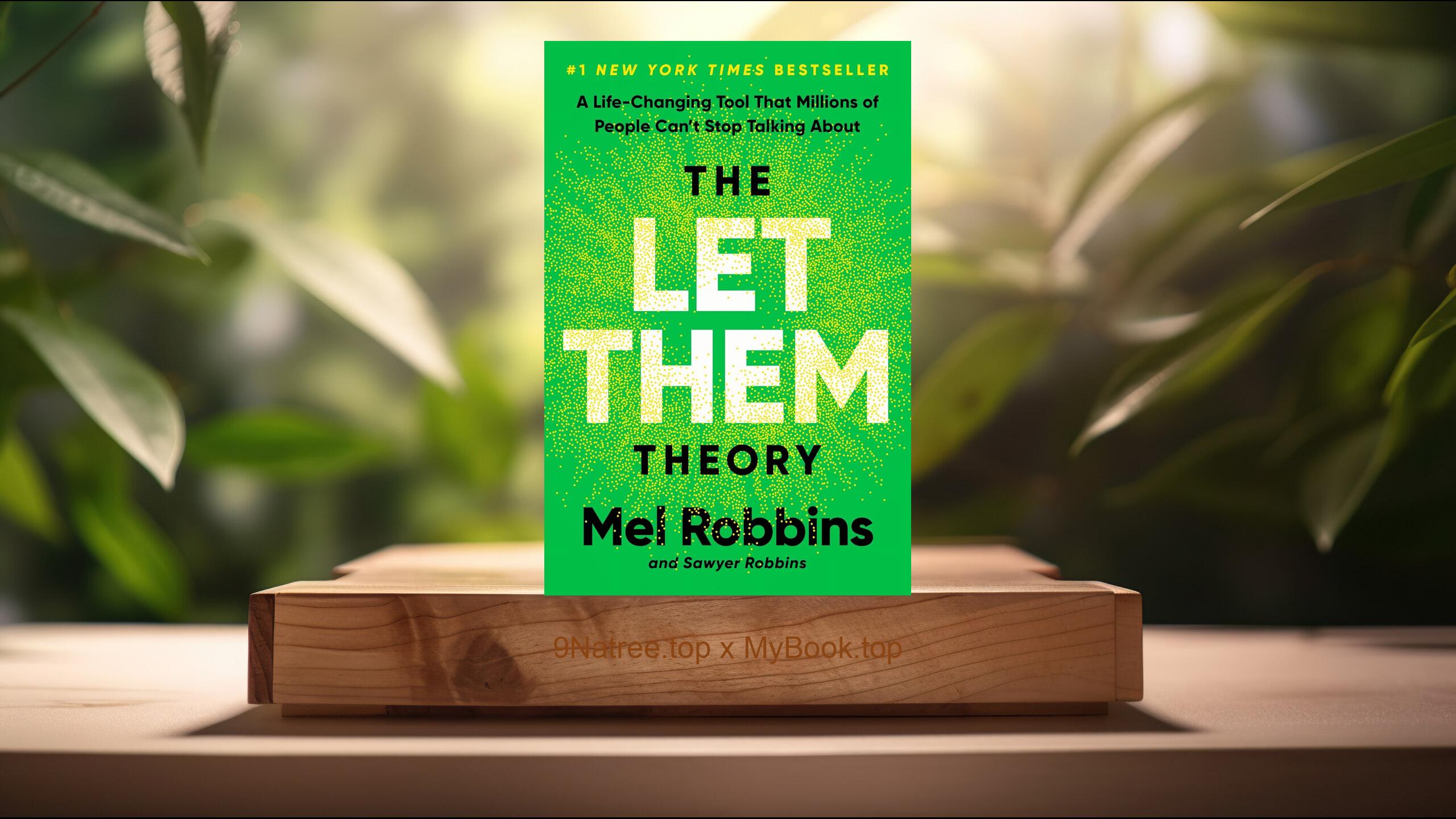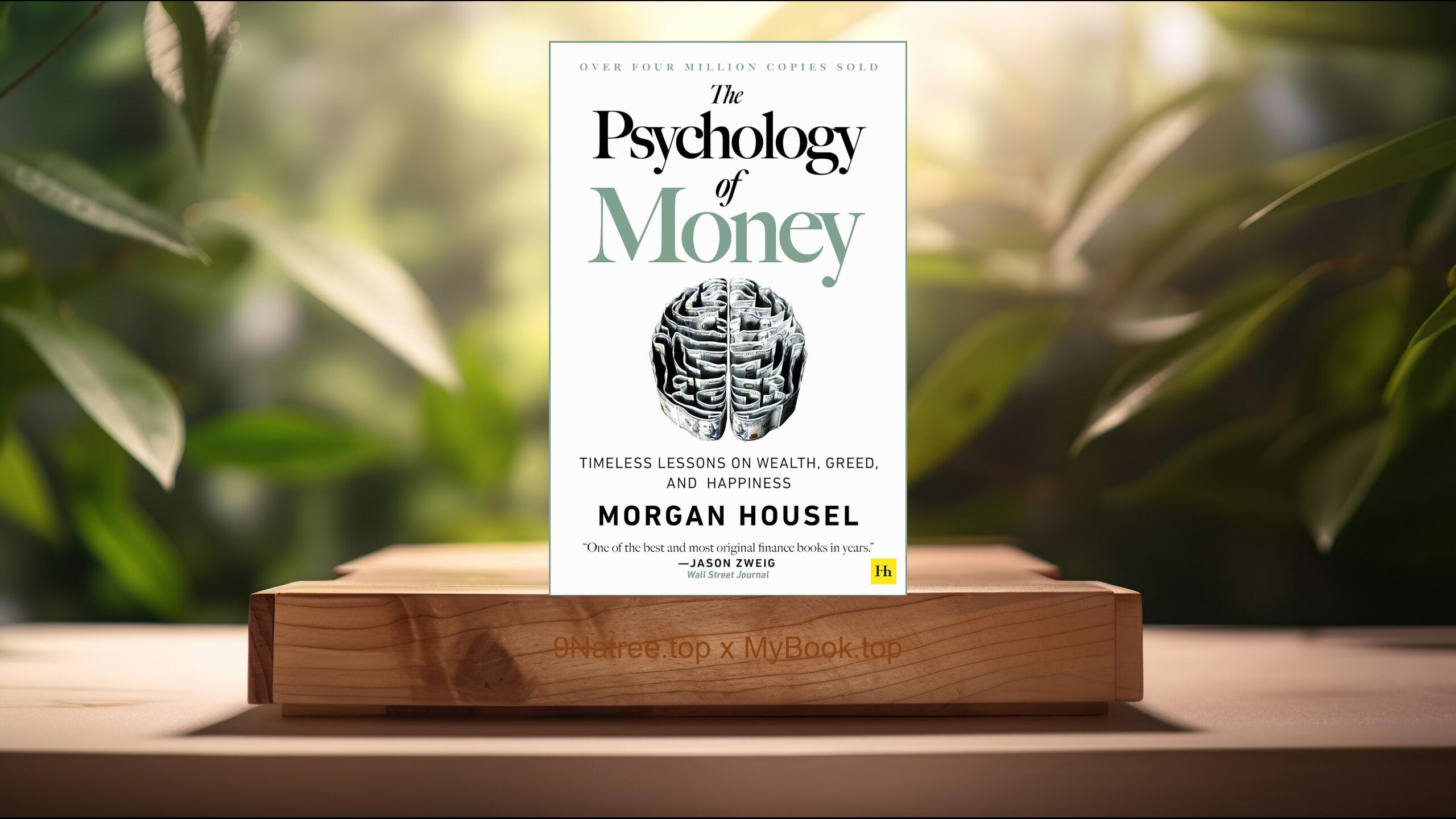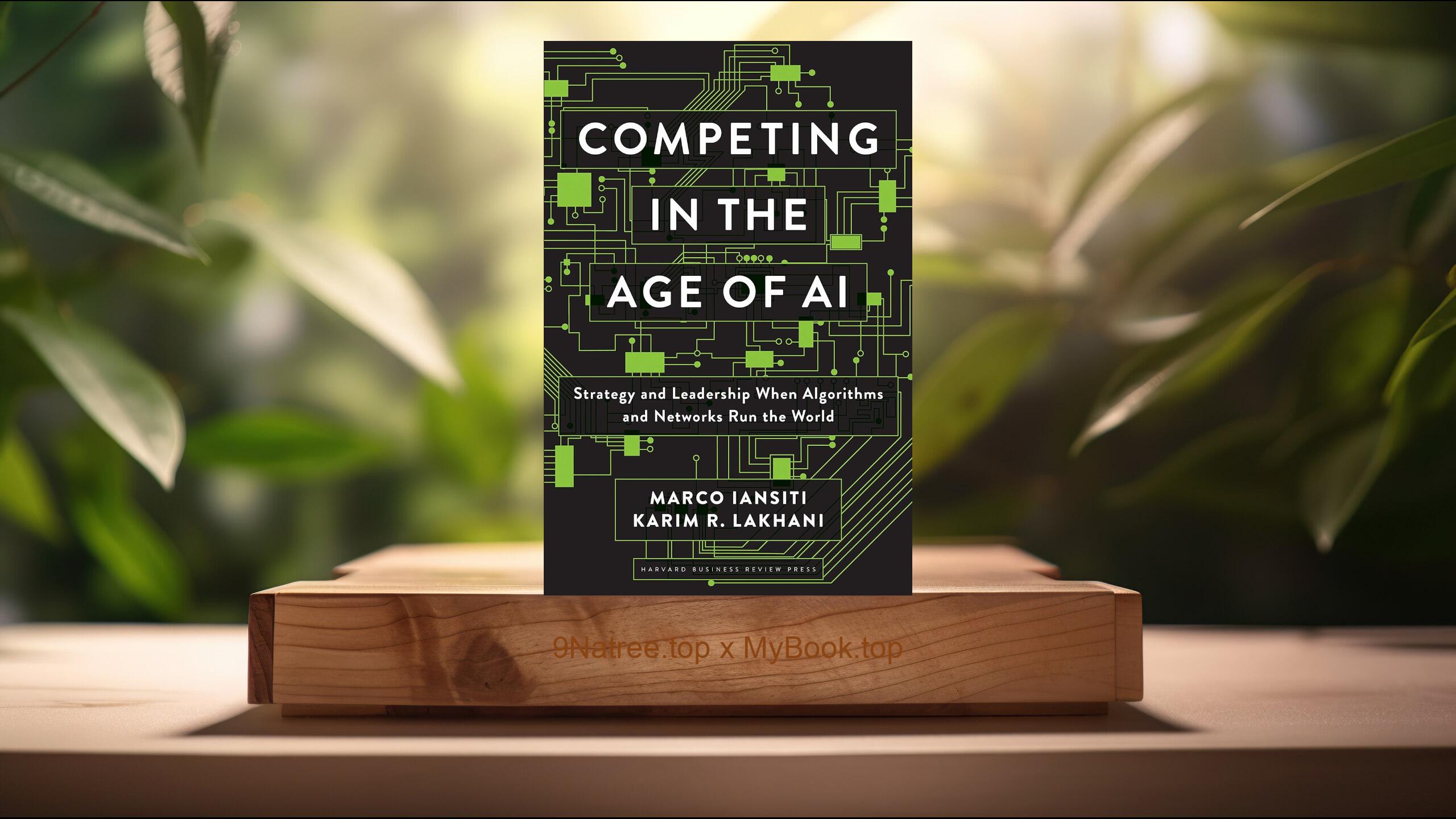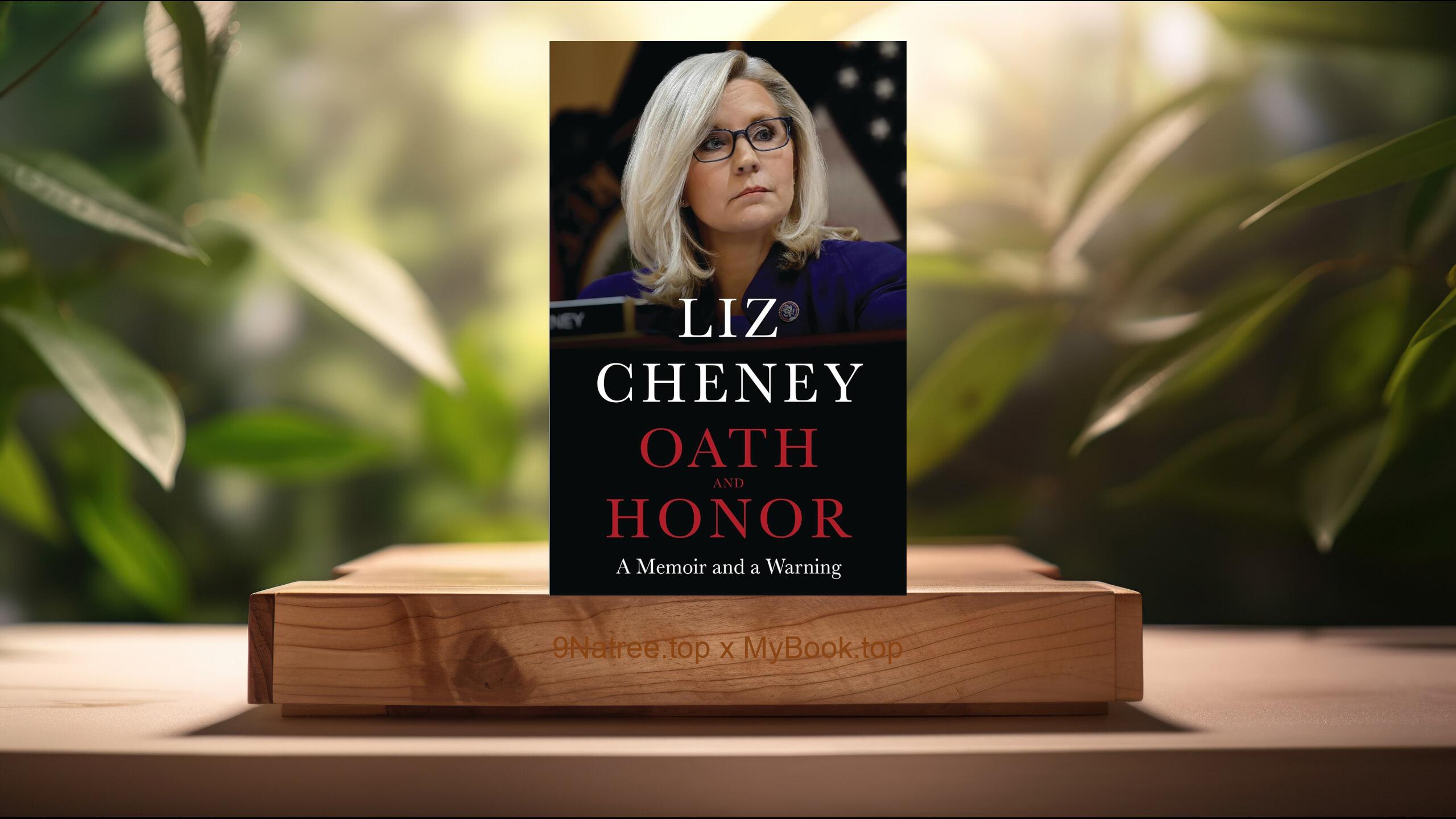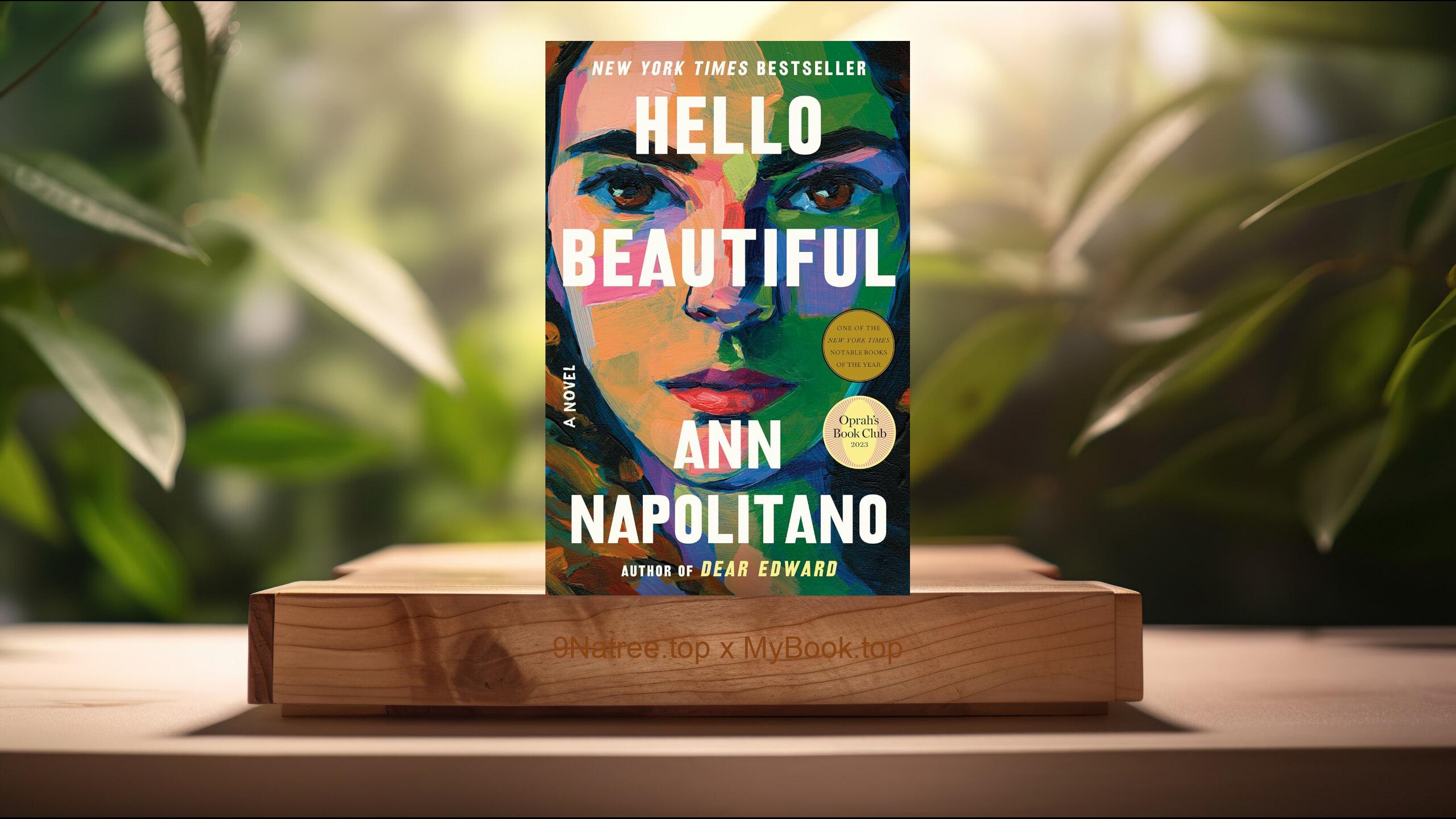Show Notes
- Amazon USA Store: https://www.amazon.com/dp/B0F42TZ2FY?tag=9natree-20
- Amazon Worldwide Store: https://global.buys.trade/The-Art-of-Spending-Money%3A-Simple-Choices-for-a-Richer-Life-Morgan-Housel.html
- eBay: https://www.ebay.com/sch/i.html?_nkw=The+Art+of+Spending+Money+Simple+Choices+for+a+Richer+Life+Morgan+Housel+&mkcid=1&mkrid=711-53200-19255-0&siteid=0&campid=5339060787&customid=9natree&toolid=10001&mkevt=1
- Read more: https://mybook.top/read/B0F42TZ2FY/
#intentionalspending #financialpsychology #memorydividend #optionality #lifestyledesign #TheArtofSpendingMoney
These are takeaways from this book.
Firstly, Redefining rich as control, time, and options, The common picture of wealth revolves around bigger numbers, bigger houses, and bigger job titles. The Art of Spending Money reframes rich as control over your time, freedom from fragile obligations, and the ability to choose what to do next without panic. This shift matters because many expensive purchases fail to deliver those outcomes. A luxury car can raise monthly pressure. A huge home can lengthen a commute and add maintenance stress. A high salary can arrive with a calendar you do not control. Real wealth shows up when you can say no without fear and yes without bargaining with your future self. The book emphasizes that money is a store of options. Savings are not only dry powder for investments; they are a bridge to better decisions. When you spend, ask whether the purchase adds or subtracts options. A short lease that keeps mobility, a used car that lowers fixed costs, a home in a walkable area that reduces dependence on a second vehicle, or a training program that expands future income potential all add options. Conversely, debt that ties your hands and subscriptions that silently stack reduce options. Time is the most valuable option. The author urges readers to spend in ways that buy back hours. Paying for reliable childcare can preserve a career or reduce burnout. Hiring help for chores you dislike can free capacity for deep work, health, or family. Buying higher quality tools that reduce friction can shorten tasks. Even spending on public transit, bike gear, or a closer apartment can convert commute time into life time. Control also includes emotional control. An emergency fund is a product that buys calm. Insurance that is boring on good days is life changing on bad ones. Buffer is a purchase. You do not see it on Instagram, and that is the point. Making this the first spending priority creates a base from which all other purchases can be smaller, lighter, and more joyful. The practical test is simple. Before major expenses, ask three questions. Does this increase or decrease my optionality six months from now. Does this give me more or less control over my time. Will my future self thank me for the obligations this creates. Framed this way, rich becomes a daily practice rather than a distant goal.
Secondly, Spending as a skill: defaults, friction, and simple checklists, Most people are taught how to earn and save, but not how to spend. The Art of Spending Money treats spending as a learnable skill with tools, drills, and design. The first tool is defaults. Humans tend to follow the path of least resistance. If the default is delivery food three times a week, that becomes the norm. If the default is a standing library hold for books you want to sample before buying, that becomes the norm. You can engineer better defaults by setting recurring grocery lists, pre scheduling no spend days after high expense weekends, or arranging bill pay to surface annual renewals before they auto renew. Friction is the second tool. The book shows that adding small speed bumps to impulsive categories saves far more than willpower alone. Use 24 hour or 72 hour rules for online carts. Keep discretionary money in a separate account with manual transfers required. Turn off one click checkout and remove saved cards from browsers. Require yourself to write a quick why for any purchase above a chosen threshold, even if you keep it private. Conversely, remove friction for values aligned spending. Automate savings, charity, and investments so the best decisions are the easiest to execute. A simple pre purchase checklist can transform outcomes without killing joy. The author suggests questions like these. What problem am I trying to solve. Will this save me time every week or is it a one time thrill. Will this be as useful on a boring Tuesday as it is exciting today. Is there a lower cost version that delivers most of the benefit. What are the maintenance, storage, and upgrade tails that follow this item. Would I still buy it if no one else knew. The book also covers versioning. Many goods have diminishing returns as price rises. The 80 percent solution is often available at 30 percent of the price. That might mean last year tech, refurbished items with warranties, or renting for rarely used tools. You keep utility high and keep options open. Finally, track stories, not only numbers. Keep a short spending journal focusing on purchases that felt great three months later and those that felt wasteful. Those reflections reveal your personal utility curve. Over time you can bias spending toward what reliably pays a happiness dividend and away from the siren songs that fade after the box is opened.
Thirdly, Experiences, relationships, and the memory dividend, A central argument of the book is that experiences compound through memory and meaning, while many objects depreciate both financially and emotionally. The author calls attention to the memory dividend, the repeated return you get whenever a past experience is recalled, retold, or reshapes your identity. A weekend trip with old friends, a course that upgrades your skills, or a family ritual you fund every season can keep paying happiness in small bursts for years. This is not an anti stuff stance. It is a pro meaning stance. Some objects are experience machines when they remove friction from activities you love. A musical instrument that makes practice inviting, a durable bicycle that unlocks daily joy, or cookware that turns weeknight meals into easy gatherings all enable repeated experiences. The book helps you notice whether a purchase sits idle or catalyzes stories. Relationships respond to thoughtful spending. Small amounts allocated to consistent traditions often beat occasional blowouts. Budget for standing coffee dates, park picnics, and time with grandparents. Pay for babysitting to keep a marriage vibrant. Fund a monthly dinner rotation with neighbors to build local community. Gift experiences that create shared narratives rather than generic items that end up in closets. The book also examines the role of novelty and anticipation. Novelty refreshes attention, and anticipation lengthens the life of a purchase. Plan experiences in advance so the countdown becomes part of the reward. Choose trips or projects that include learning, skill building, or challenge to deepen the memory dividend. Even micro adventures, like a sunrise hike, a themed home dinner, or a new museum exhibit, can produce outsized returns at low cost. Importantly, experiences can be designed to fit any budget. The principle is to spend where stories live. Prioritize local events, potluck gatherings, library programs, and public spaces. Use memberships that reduce marginal costs, like a city pass or a state park permit. Directed generosity also compounds. Paying for a friend to join an experience can multiply the joy for both of you, and you will remember the bond more than the receipt. When you evaluate a purchase, ask how many good memories it will likely create per dollar and whether it deepens connections with people who matter. Over a lifetime, those are the investments that shape identity, reduce regret, and produce the feeling of a life well spent.
Fourthly, Status games, comparison traps, and the hidden cost of signaling, Money is social. Every purchase broadcasts something, and other people broadcast back. The Art of Spending Money explains how status seeking and comparison can quietly reroute budgets away from what you value into what earns nods from strangers. The hidden cost of signaling is not only the price tag. It is the ongoing obligation to maintain an image, the fear of slipping down a ladder that no one is really watching, and the stress of chasing a moving target. The author highlights how relative satisfaction is fragile. If your reference group upgrades, your baseline rises without a real gain in comfort. A larger home can feel normal within months. A fancy restaurant becomes the new default. The antidote is to design your own scoreboard. Decide what you are optimizing for and measure that. For many people, that list includes a calm schedule, close relationships, a role with purpose, and the ability to handle surprises. Aligning spending with that scoreboard makes you resilient to social weather. Practical tactics help. Build circles where different values are celebrated. Join communities anchored in craft, service, or learning rather than consumption. Replace passive scrolling with active hobbies that satisfy competence and connection. When you do desire a status good, run a slow test. Sit with the desire for a month while trying the lowest cost version. Borrow or rent first. Often the fizz disappears, revealing the purchase as a social story rather than a personal need. Beware maintenance tails. Status goods often create ongoing spend to match the initial signal. Fashion upgrades require new accessories. A high end car pairs with pricier insurance and service. A move to a trendy neighborhood brings costlier social defaults. Seeing the full stack cost breaks the spell. The book also suggests practicing quiet flexes. Let your biggest financial flex be invisible buffers, paid off debt, and the freedom to walk away from a toxic environment. Make your favorite story about a purchase be the way it bought you time, not applause. Over time, this reorients satisfaction inward. Finally, treat comparison as a prompt to learn, not to copy. If something triggers envy, ask what capability or feeling you really want. Is it competence, belonging, autonomy, or adventure. Then spend in a way that builds that capability directly. This approach converts a status impulse into a personal upgrade and keeps your money working for you rather than for an audience.
Lastly, Safety margins, optionality, and barbell spending, Throughout the book, safety margins and optionality appear as the bedrock of smart spending. Safety margin means room for error. Optionality means the ability to change course without ruin. When you choose expenses that leave margin, you can handle surprises without selling your future at a discount. When you buy optionality, you position yourself to take advantage of happy accidents. One practical pattern is barbell spending. Go frugal on categories that do not move your happiness needle while going premium on the few that do. Many readers find that daily comfort items, like a supportive mattress or ergonomic chair, deserve quality, while fashion cycles or brand badges can be minimized. Go heavy on removing recurring annoyances and light on fragile signals. Over a year, this approach delivers high satisfaction at a lower average cost. Another pattern is to reduce fixed costs aggressively and allow variable costs to flex. Fixed costs like housing, car payments, and debt lock you into a burn rate that is hard to change. Variable costs can be dialed down quickly in a rough month. Choosing a smaller mortgage, a reliable used car, and avoiding subscription creep builds a thick cushion. That cushion is not laziness. It is a productivity asset. It lets you negotiate from strength, say no to bad deals, and take smart risks like changing careers or starting a side project. The book advises buying resilience before buying excitement. That means building an emergency fund, insuring against catastrophes, and maintaining health through preventive care. It also means investing in relationships and reputation, which are safety nets money alone cannot replace. Resilience purchases are often boring, but they convert uncertain futures into survivable futures. Optionality can be purchased through skills and mobility. Spend on education that widens your opportunity set, on tools that let you work from anywhere, and on networks that produce serendipity. Small experiments, funded with modest budgets, keep luck surface area large. Try micro business ideas, learn a new software skill, or attend events where you may meet collaborators. To make this concrete, create a personal spending map with three circles. Safety purchases that protect you. Option purchases that expand future possibilities. Joy purchases that meaningfully increase daily happiness. Fund them in that order most months. When life is stable, tilt more toward joy. When storms are brewing, tilt toward safety and options. This simple allocation framework keeps spending aligned with reality and prevents drift toward obligations that box you in.
![[Review] The Art of Spending Money: Simple Choices for a Richer Life (Morgan Housel) Summarized](https://episodes.castos.com/660078c6833215-59505987/images/2168266/c1a-085k3-0v7kqmdgf7kj-0g8p92.jpg)
